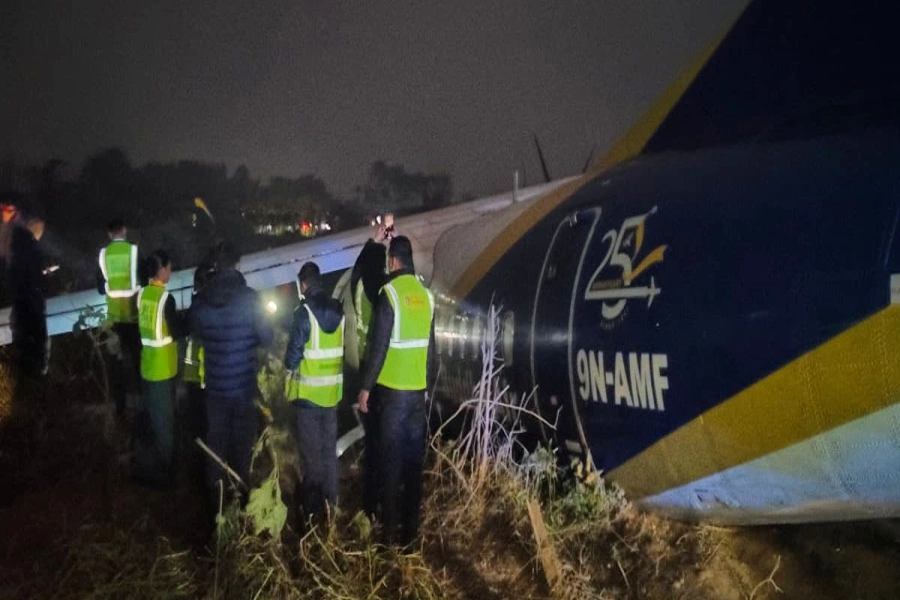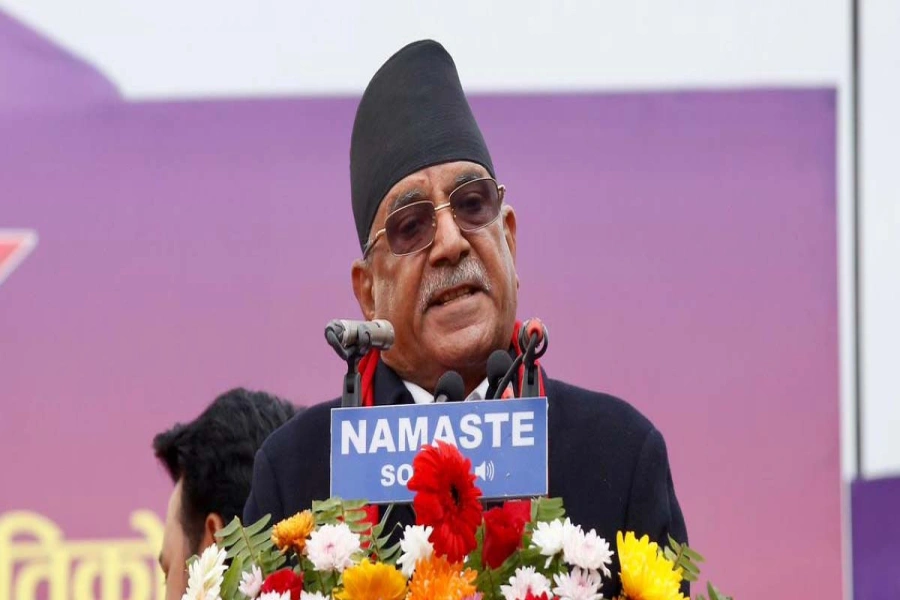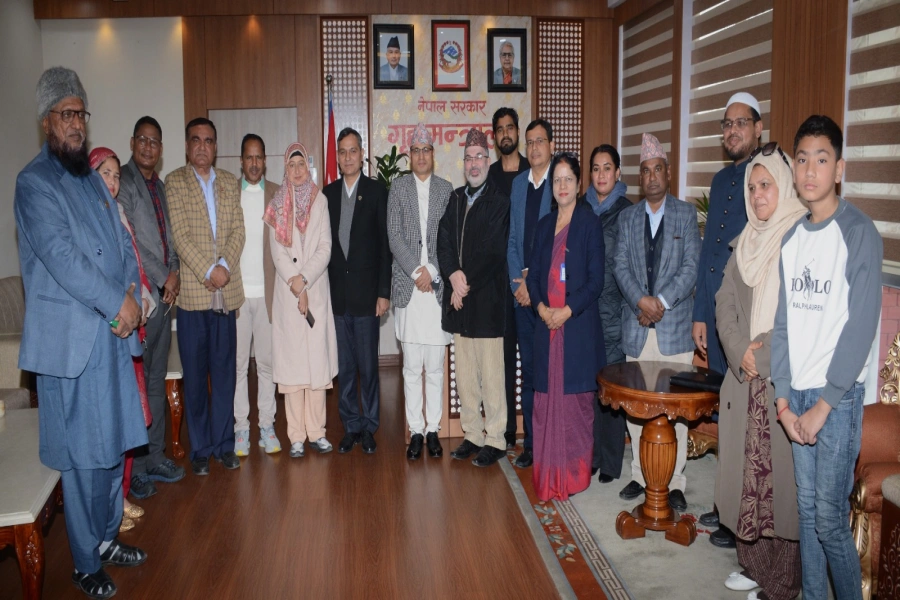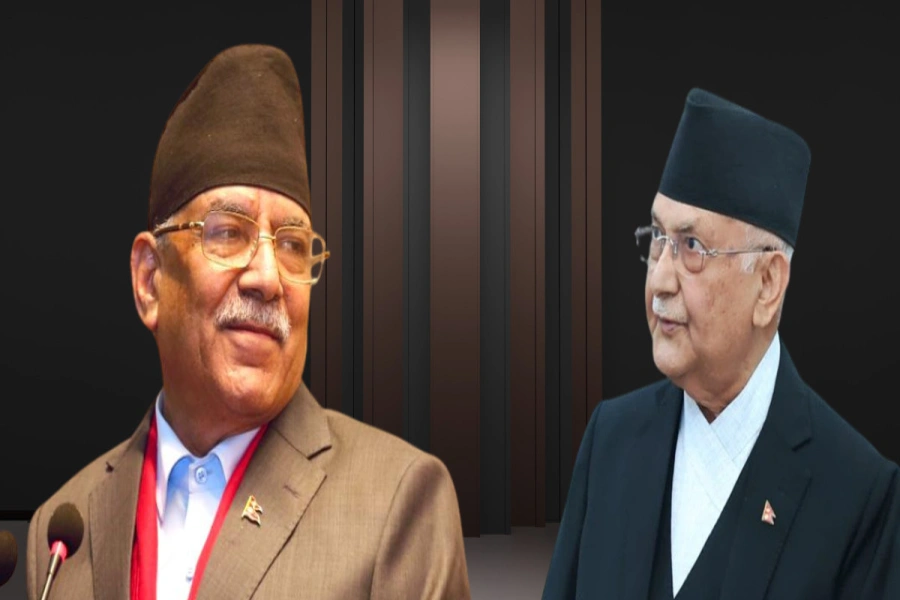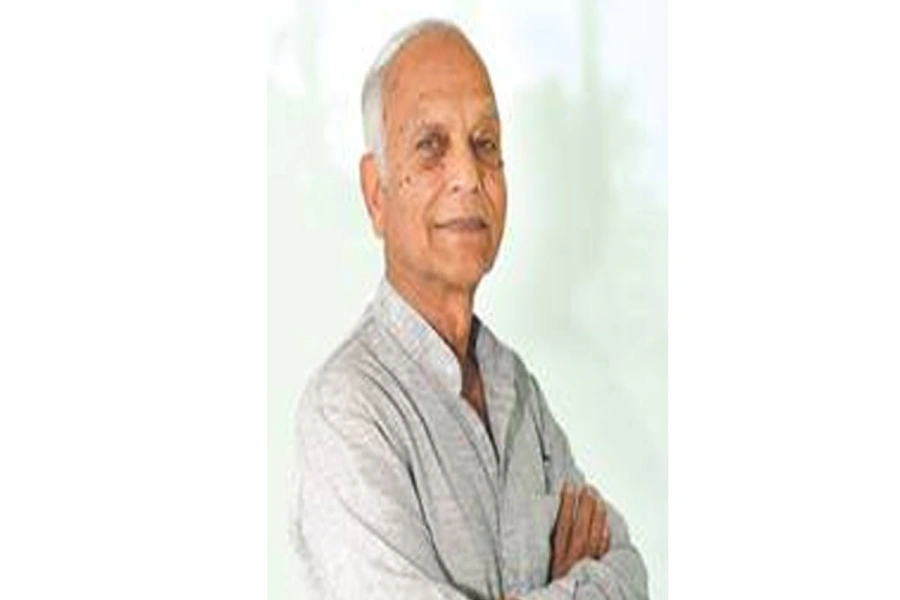New tourism minister has come up with list of tasks he wishes to get done before Visit Nepal Year 2020. But he has left out many aspects
Last three weeks saw quite a few changes in Nepal’s aviation sector. The foremost was the appointment of a full minister at Ministry of Culture, Tourism and Civil Aviation which had become headless since the sudden demise of Rabindra Adhikari in February this year. Adhikari was seen as somebody who was instrumental in bringing in some dynamism in the sector that was, otherwise, almost stalling under European Union Aviation Safety Agency’s safety concerns and various other known malaise common to most of our public sector undertakings.
The new minister, Yogesh Bhattarai, has come up with over 2200 words document containing 103 clauses enlisting tasks he wishes to get done before Visit Nepal Year (VNY) kicks in. Of them 44, spread under 10 headings, are aviation related. The tasks look more like an assorted mixture of doable, undoable and even some outright laughable ones. Item like distributing “free” postcards to departing tourists was much like offering lollypop to a child while the most vital TIA terminal logistics, that most passengers dread to use, was coolly left out.
To my understanding, ministers should limit themselves to policy level and leave the nitty-gritty for bureaucrats to sweat out. Nevertheless, I intend to focus only on those related to aviation highlighting few important ones and pointing out some that should not have been missed.
Dumb phones survive rise of the smart phone

Rays of hope
This period also saw the realisation of long cherished RA’s expansion to Japan severed due to lack of appropriate hardware over a decade ago. That beside, the second phase of TIA runway rehabilitation works has also begun as planned raising hopes that it might actually get done in time. Further, CAAN officials are seen to be more confident of India finally letting vital inbound airway access through Bhairahawa (BHW). But it will be unwise to count the chickens before the eggs get hatched, especially as they seldom come without riders. But without doubt, it will help both airports at BHW and Pokhara by making airways more practical and shorter. Another piece of good news was Myanmar’s nod for Himalaya-2 airway that Nepal had been pushing since long as it helps shorten flight to/from East Asia overflying Guwahati.
As for the document, it was a relief to see it mention EASA’s Significant Safety Concern (SSC) and desire to fulfil laid out conditions including splitting of CAAN as required headed under “Legal and Policy Improvements”. The section under improvements in “Civil Aviation Sector” with 12 clauses is most noteworthy for injecting positive attributes like conducting feasibility study on establishing international standard flying school. Talking of past, one such private venture established in 2007 at Bharatpur was shutdown soon after, abruptly. It would be great if we could produce manpower with basic flying skills as a first step without having to go abroad. Next, it also seeks to encourage domestic interstate connectivity. To that end, it would also be fair to encourage running of hopping flights along the Tarai belt towns in both directions between Bhadrapur and Mahendranagar as I have said in the past. Tarai hubs will then help feed flights to and from remote hinterland up north. Further, it also talks of runway improvements at places designated as state capital such that they can handle at least a 70+ seat turboprops. There are quite a few namesake unused strips scattered around the country and to make use of some such locations in promoting aviation related sports is praise worthy. Palungtar, known as Gorkha airport earlier, would probably be forefront for any such consideration given its accessibility and favourable airport topography in promotion of sky sports and flight training.
Mundane list
But most of the 20 listed under “TIA Improvements” are disappointingly mundane at best. They seem to address inherent inadequacies rather than making improvements per se. It is amazing that it does not say anything about the stark improvement necessary in improving the access of the inconveniently located “new” car park that passengers struggle to reach while more convenient spot, located closer to the terminal, is kept shamelessly reserved for government vehicles. As for the aviation fuel (ATF) storage facility, it is a potentially huge fire hazard due to its proximity to the airport perimeter. US-Bangla crash has demonstrated how a freak accident can get itself evolved out of nowhere and in an unlikely spot one can ever imagine. It is therefore wise to either have the fuel dump either moved away or driven underground as stated.
It is futile to talk about section dealing with improvements in RA as there is nothing new in the said document elaborated under 10 clauses that have not been said or not known. RA presents a sorry case especially in relation to its domestic network. We were told that the domestic sector will be rejuvenated after the induction of 4/Y12s and 2/MA60s, and that was some years ago. In reality, it is rare to see them fly as they remain grounded under one pretext or another. It is learnt that just one each of both types was in flying condition making a mockery of its name. Even if not mentioned, RA’s inability in selling remaining 1/B757 or moving away of one sold earlier from TIA is a matter of concern.
We will deal next with some tasks that have unintended negative implications, of which pushing operation of STOL flights away from TIA is certainly one. But it is also cleverly labelled under upgrading of Ramechhap, however welcome, as rationalisation of traffic management at TIA. Ramechhap was exclusively used for flight to Lukla during runway resurfacing works. How convenient did the tour operators and tourists find the “fast track” connection to Ramechhap? It is just one of many things that need to be considered before making far-reaching change in a hurry.
Nothing against noise
The most negative of all under TIA improvement task relates to 24 hours operation with total disregard to the disturbance caused by thundering jets even during wee hours. It has been a trend worldwide to maintain night time operation curfew near cities for obvious reason. The civil aviation departments elsewhere ensure that the night aircraft flight operations strictly follow noise abatement procedures (NAP) as it helps soften impact to some extent. We hear that CAAN has never ever thought about it, let alone design one. The problem lies with most TIA takeoffs, unidirectional and always from north to south followed by eventual right turn climbing thundering over core area of Patan. The inhabitants are inconvenienced throughout the day, as it is, but now with round-the-clock TIA operation this will be happening all night through as well.
CAAN has no choice but to come up with some measures to mitigate this at the earliest. For the time being, it may not be too difficult to mandate ATCs to provide take off clearance strictly on the basis of alternating between either ends of runway for jets. In other words, use RWY02 (south to north) and RWY20 (north to south) in turns right through to help reduce takeoff noise by half. Such a compulsion will be viewed, in all likelihood, negatively by professionals as being unpractical. That will be understandable as all ingrained habits are difficult to change. But in the interest of the larger suffering community, it will still be a worthwhile endeavour, even if difficult, and this needs to be adopted forthwith. But it is not meant to suggest that this alone will be enough sans appropriate NAP in place. That beside, effort should be made to find effective departure solution for which satellite based procedures, as like RNP-AR for arrivals, might be useful. It will help aircraft to automatically fly predetermined accurate trajectories. Not all flights, making standard departure (SID), currently follow exact flight pattern while some fly to the edge of the four mile limit others do not even go half as far. Qatar’s A330 flights, in particular, are most notorious in that respect as they tend to make tightest of turn immediately on liftoff, even before crossing the VOR, making it worse for the affected populace. Doing nothing to counter the noise related menace is utterly irresponsible. Neither CAAN nor the ministry can afford the luxury of keeping quiet by acting “dumb n deaf”.
harjyal@yahoo.com







